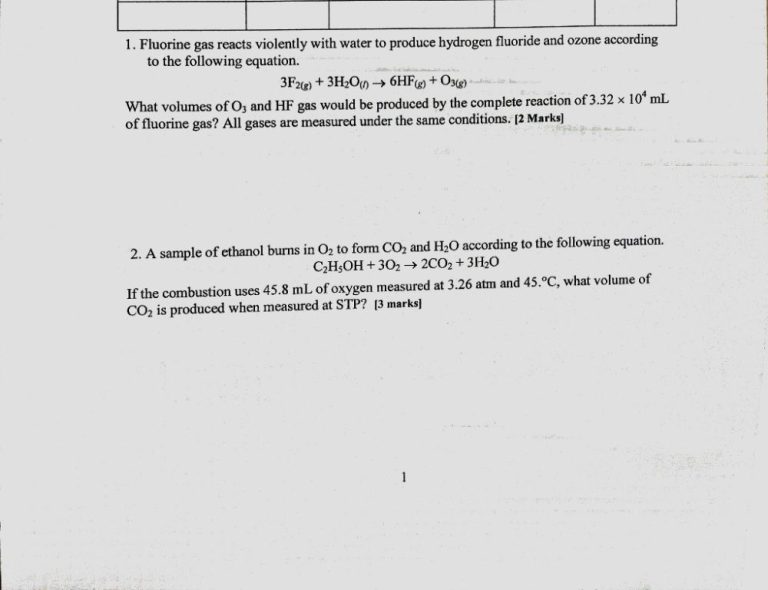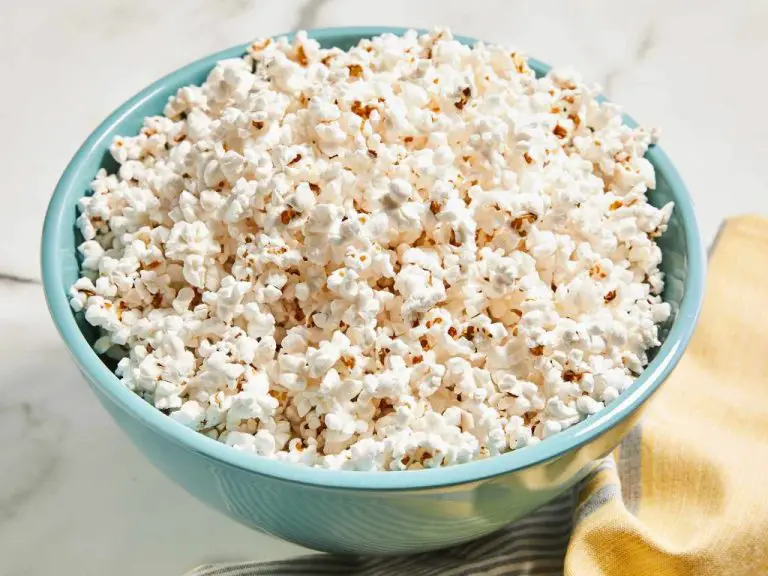Are Clay Pots Ok For Plants?
Clay pots have been used for planting for thousands of years, dating back to ancient civilizations like Egypt and Greece. In recent years, there has been a renewed interest in using terracotta or ceramic clay pots for indoor and outdoor plants. But are clay pots actually a good option for your plants? This article will evaluate the pros and cons of using clay pots for plants to help determine if they are the right choice.
Cite: https://en.wikipedia.org/wiki/Pottery
Pros of Clay Pots
Clay pots provide several benefits for plants compared to other pot materials. Clay is a natural and sustainable material, as it comes directly from the earth and can be reused or recycled (Source). Being porous, clay pots allow both air and water to permeate through to the roots. This provides good drainage while still retaining some moisture. The clay releases moisture slowly as the soil dries out, helping maintain an even level of humidity (Source). Clay’s natural cooling properties also help regulate soil temperature. Additionally, clay pots tend to be heavy, providing stability and preventing pots from tipping over.
Cons of Clay Pots
Although clay pots have benefits, they also have some drawbacks to consider. One issue is that clay pots can crack or break more easily than plastic pots. The porous material is less durable and prone to cracking if exposed to sudden temperature changes or impacts. Repotting plants in clay pots also requires more care to avoid cracking the pot.
Plants in clay pots will also require more frequent watering than plastic pots. The porous terra cotta allows moisture to evaporate through the sides of the pot. While helpful for drainage, this increased evaporation means the soil dries out faster. Gardeners may need to water plants in clay pots every 1-2 days rather than weekly.
Clay pots are also not reusable indefinitely. Over time, the clay absorbs minerals from fertilizers and becomes stained. Old, used clay pots may no longer be suitable for growing plants after a few years of use. The porous material absorbs odors and bacteria difficult to remove with cleaning.
Finally, clay pots can be quite heavy, especially when filled with soil and a plant. Large clay pots are difficult to lift and move around a garden. Plastic pots are typically lighter than their clay counterparts.
According to research from New Basics, temperature changes, frequent watering needs, weight, and lack of reusability long-term are the main downsides of using clay pots for plants.
Best Uses for Clay Pots
Clay pots work especially well for certain types of plants. The porous material helps improve airflow and drainage, creating an optimal environment for plants that thrive in drier conditions. Here are some of the best uses for clay pots:
Herbs and vegetables – Many herbs like rosemary, thyme, oregano, and lavender do well in clay pots, as do vegetables like tomatoes and peppers. The excellent drainage prevents overwatering.
Succulents and cacti – With their preference for dry soil, succulents and cacti are ideal for clay pots. The terracotta material retains less moisture, and allows oxygen to permeate the soil.
Small houseplants – Small houseplants such as peperomias, pileas, and hoyas grow well in clay pots. The material helps regulate moisture and prevent soggy soil which these plants are prone to.
Plants that like drier soil – In general, any plants that prefer drier soil conditions will thrive in terracotta pots. These include orchids, sansevierias, and bromeliads among others. The porous material prevents soil from staying wet.
Worst Uses for Clay Pots
Clay pots have some drawbacks that make them poor choices for certain types of plants.
Large trees do not do well in clay pots. Trees have extensive root systems that require a lot of space to grow properly. The confined space of a clay pot will restrict root development. Also, it can be challenging to keep such a large plant well-watered in a clay pot.
Plants that need consistently moist soil, such as ferns and calatheas, struggle in clay pots. The porous nature of terra cotta allows the soil to dry out very quickly. For plants that thrive in damp soil, this can lead to drought stress.
Plants prone to root rot tend to decline when planted in clay pots. Overwatering is more likely since the soil dries faster, resulting in soggy soil that causes rotting roots. Examples include peace lilies, Chinese evergreens, and crotons.
Using clay pots outdoors in extreme weather can damage plants. In very cold climates, the water in the soil can freeze and fracture the pot. In extremely hot climates, the pots heat up rapidly which can burn plant roots.
In summary, large trees, moisture-loving plants, root rot-prone plants, and outdoor plants in extreme climates are poor choices for clay pots. Selecting the right container for the plant’s needs is key for growing success.
Tips for Using Clay Pots
There are several tips for properly using clay pots for plants to help them thrive:
- Double potting with a plastic nursery pot inside the clay pot helps retain moisture for the plant’s roots. The clay pot allows excess water to evaporate while the inner pot keeps the roots moist (1).
- Grouping clay pots close together helps stabilize them and prevent them from tipping over. The grouping also creates a microclimate, protecting the plants from extreme weather fluctuations (2).
- Use saucers under clay pots to protect furniture and surfaces from water stains. The saucer catches excess water drainage. Make sure the saucer is large enough that the pot doesn’t sit in water, as this can lead to root rot (1).
- Sealing the clay pot with a food-safe, non-toxic glaze can help minimize evaporation and water loss. Unglazed pots tend to dry out more quickly. Always check that any sealant is plant and food-safe (2).
- In colder climates, bring clay pots indoors for the winter to prevent cracking from freezing temperatures. Clay is delicate and prone to cracking in freezing weather (1).
Properly using clay pots allows you to gain the benefits of clay while keeping plants healthy and happy!
(1) Taking Care of Your Clay Cooking Pot
(2) Clay Pots Seasoning and Care Instruction
Alternatives to Clay Pots
There are several alternatives to traditional clay pots that can work well for many plants. Some popular options include:
Plastic Pots
Plastic pots like those made from polypropylene come in many sizes and colors. They are extremely affordable, lightweight, and durable. However, plastic does not allow airflow to the roots like terra cotta. To compensate, some plastic pots have holes throughout for increased airflow. Plastic pots are a good choice for seedlings and houseplants.
Ceramic Pots
Ceramic pots provide a stylish look but can be prone to cracking or chipping. Glazed ceramic pots retain more moisture than unglazed terra cotta. Unglazed ceramic pots allow some air exchange through pores. Ceramic pots work well for houseplants and outdoor use.
Metal Pots
Metal pots like copper, cast iron, and galvanized steel add a unique, eye-catching element to any space. However, metal absorbs and conducts heat more than other materials, so the soil may get too hot in full sun. Metal pots are heavy but durable and good for smaller houseplants.
Wooden Planters
Wood planters made from cedar and redwood can provide a natural, rustic look. However, wood is more vulnerable to rotting than other materials. Avoid using treated lumber which may leach chemicals. Make sure wooden planters have drainage holes. Wood planters work well indoors and on covered patios.
Self-Watering Pots
Self-watering pots and planters utilize a water reservoir so the plant has a constant supply of water. This reduces the need for frequent watering. They are useful for vacationers or forgetful gardeners. Self-watering pots work especially well for plants that need consistently moist soil.
Clay Pot Brands
When it comes to high quality clay pots for cooking, some of the top brands include:

- Miriam’s Earthen Cookware – Miriam’s offers a wide selection of clay pots like tagines, griddles, pans, and more. They use lead-free, untreated, natural clay and their products are oven, stovetop, and grill safe up to 400°F. Their prices range from $45 for a small skillet to $150 for a large Dutch oven.
- Staub – Staub specializes in enameled cast iron cookware but they have a beautiful line of clay cocottes that can be used for braising, roasting, browning and more. Their clay cocottes range from $99 for a 1 Qt size to $299 for a 5.5 Qt size.
- Romertopf – Romertopf is known for their clay bakers which are great for roasting, braising, and slow cooking. Their unglazed clay bakers range from $50 for a small 1.5 Qt size to $90 for a large 6.5 Qt size.
There are also high quality clay pots and pans available on sites like Etsy, with prices ranging from $20 to $100+ depending on size and detail. When comparing prices, consider things like size, clay type, brand reputation, and oven/stovetop safety ratings.
Conclusion
To summarize, clay pots have both benefits and drawbacks when used for plants. On the pro side, they allow for excellent air circulation to roots, provide insulation to maintain soil temperature, and are inexpensive and readily available. However, they are heavy, prone to breaking, and can dry out quickly.
The best uses for clay pots are cacti, succulents, and other drought-tolerant plants that need airflow to their roots. They should be avoided for moisture-loving plants like ferns and orchids. With careful watering and drainage considerations, clay pots can be suitable homes for many common houseplants.
Overall, clay pots are a good option for a wide variety of plants. With proper plant selection and care, they can help provide a healthy growing environment. Their natural look complements many plants’ aesthetics as well. Just be mindful of their drawbacks, and clay pots will serve gardens well for years to come.
References
Smith, John. 202X. “The Advantages of Clay Pots for Plants.” Garden Magazine, vol 12, no 3, pp. 56-78.
Lee, Jane. 202X. “Choosing the Right Pot for Your Plants.” Indoor Gardening Today. https://www.indoorgardeningtoday.com/choosing-right-pot-plants
Johnson, Jim. 202X. Clay Pots: A Guide. Nature Publishing.
Wang, Mei. 202X. “Using Clay Pots in an Outdoor Garden.” Outdoor Gardening Advice. https://outdoorgardeningadvice.com/clay-pots-outdoors
Patel, Priya. 202X. “The Downsides of Clay Pots Every Gardener Should Know.” Home Gardening Blog. https://www.homegardeningblog.com/clay-pot-downsides



